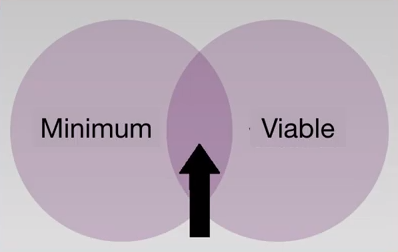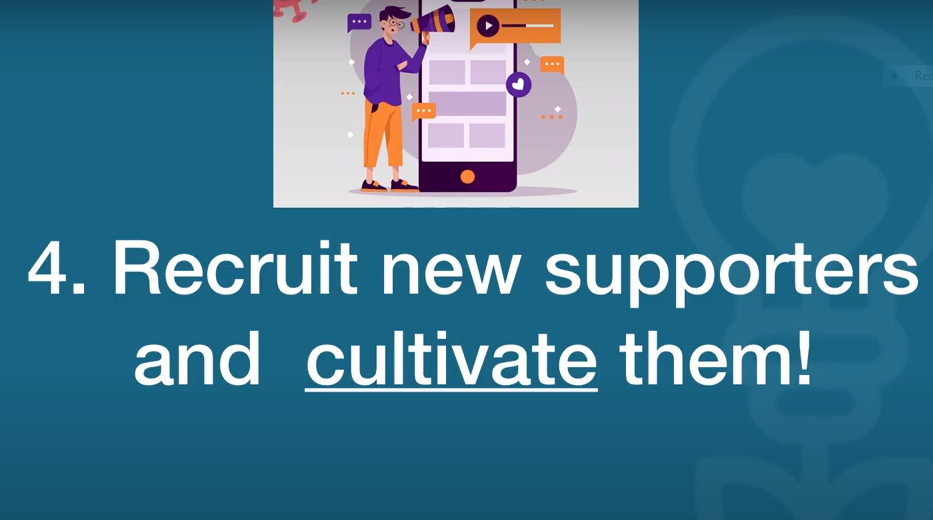Introduction
Social media refers to online sites such as Facebook, X, LinkedIn and YouTube where people, organisations, and businesses share and exchange information and interact with each other. It is increasingly becoming an effective marketing tool to reach out to a large audience.
Why
";
This toolkit is useful when an organisation:
- needs a free platform to reach out to a large audience.
- needs a tool through which it can directly interact with various stakeholders and the larger audience.
- is present on social media sites but has not been posting on a regular basis.
- would like to have a strategy and a detailed plan on how to manage posts.
What you can expect
In eight steps this toolkit will assist you in creating a social media plan for your organisation. Here you’ll find a step-by-step guide, tools, examples and other resources for a social media plan.
Step 1: Social media strategy
Social media is the collective name for all online media on which you can share information and that ask for interaction through the internet. Many people use social media for private purposes, but it can also be very interesting for NGOs and social businesses, especially because so many people are involved in one or more social media platforms.
One of the most attractive parts of social media is that with little to no financial investment, you can reach a large audience. Furthermore, it is very easy for people to share your posts and spread your message. But if you want to start or improve your social media use, it is a good idea to follow a few key rules. We will help you to use social media better. Watch this micro course video below to understand the four principles of accelerating your digital transformation.
[embed_yt id="BQ1Acg0P3bo"]
Through social media you can fundraise innovatively, even during the COVID-19 crisis: listen to this great story of Tawakalit Kareem from the Butterfly Project Nigeria.
[embed_yt id="FQ4sj2RAoPk"]
Step 2: Fall in love with the imperfect digital life
One of the biggest advantages when working with social media, is that you can develop your strategy along the way. No need for great, lengthy plans or detailed planning. You start small and learn from what you do. You re-use what works well and adjust what didn't. This is called 'minimal viable campaigning':
- it is good enough for now
- you collect feedback and improve along the way

Step 3: Plug and play
Another important principle when working with social media, is that you use what is already there. You do not need to develop anything new. You can create graphics with free apps, you make videos with your phone, you communicate through existing platforms such as Facebook, X, WhatsApp and Instagram. That saves you a lot of time!
Watch this appealing fundraising video from the Kenyan CBO Top Girl, shot, edited and subtitled on a mobile phone. It has good storytelling and a clear call for support. You can easily make such a video yourself, share it through social media, and ask others to do the same.
[embed_yt id="TSIZVHoqVcg"]
Also, this promotion video was also shot using a phone for sound. Then they used Canva, to insert images and add the sound. Easy-to-do and cheap!
Click on the ‘more social media’ button to get an overview of social media channels and their target groups. And remember: plug and play!
[downloadbutton type=PDF size="300px" url="https://www.changethegameacademy.org/wp-content/uploads/2020/11/More-examples-of-Social-Media-characteristics-plus-FB-Tw.pdf"] More social media [/downloadbutton]
Step 4: Digital storytelling
In these digital times, you can connect the communities you work with, your individual donors and the supporters on your digital channels through digital storytelling. These people are all part of your organisation and your corporate story. By retweeting messages, replying to comments, sharing posts and liking photos and videos, you make them part of your communication strategy. You use social media to bring their stories to life.
Watch this short video to learn more about digital storytelling through multimedia:
[embed_yt id="JIix-yVzheM"]
Step 5: Engage with your donors
Last principle of social media is that it is a very powerful tool to engage with your donors. Not only will you reach new target groups when using social media, but you can also involve them in your work. You can react, reply or send them private messages.
A good channel to reach out for a repeat donation is by using the same medium that they came into contact with you. So if your supporters were reached through email marketing, use email to contact them again, for example to ask them for another donation. Remember: it is easier to retain an existing donor than acquiring a new one!

Step 6: Get started!
So, now you've learned four important principles when working with social media:
- Fall in love with the imperfect digital life: start small and improve along the way
- Use open digital resources and plug and play: you do not have to create something new
- Create digital stories using different media, such as photos, testimonials, video etcetera
- Engage with your donors and ask for repeat donations.
Your challenge is now to use these principles when starting or improving your own social media channels. need more help? Go to our toolkit social media.

Keys To Success
- It is important to understand that maintaining a good social media page is time consuming. It is better to be present on fewer platforms but be active and post on a regular basis.
- If you are using a variety of channels, streamline work by managing posts and scheduling future posts through social media management tools such as HootSuite.
- It is important to understand your target audience. The better you know them, the better you communicate with them and keep them interested in your page.
- Check regularly whether your messages reach your audience(s) effectively.
Challenges
- Growing organisations often do not have a person that is mainly responsible for communication. A social media strategy should only be created and carried out after you have a dedicated communications person on board.